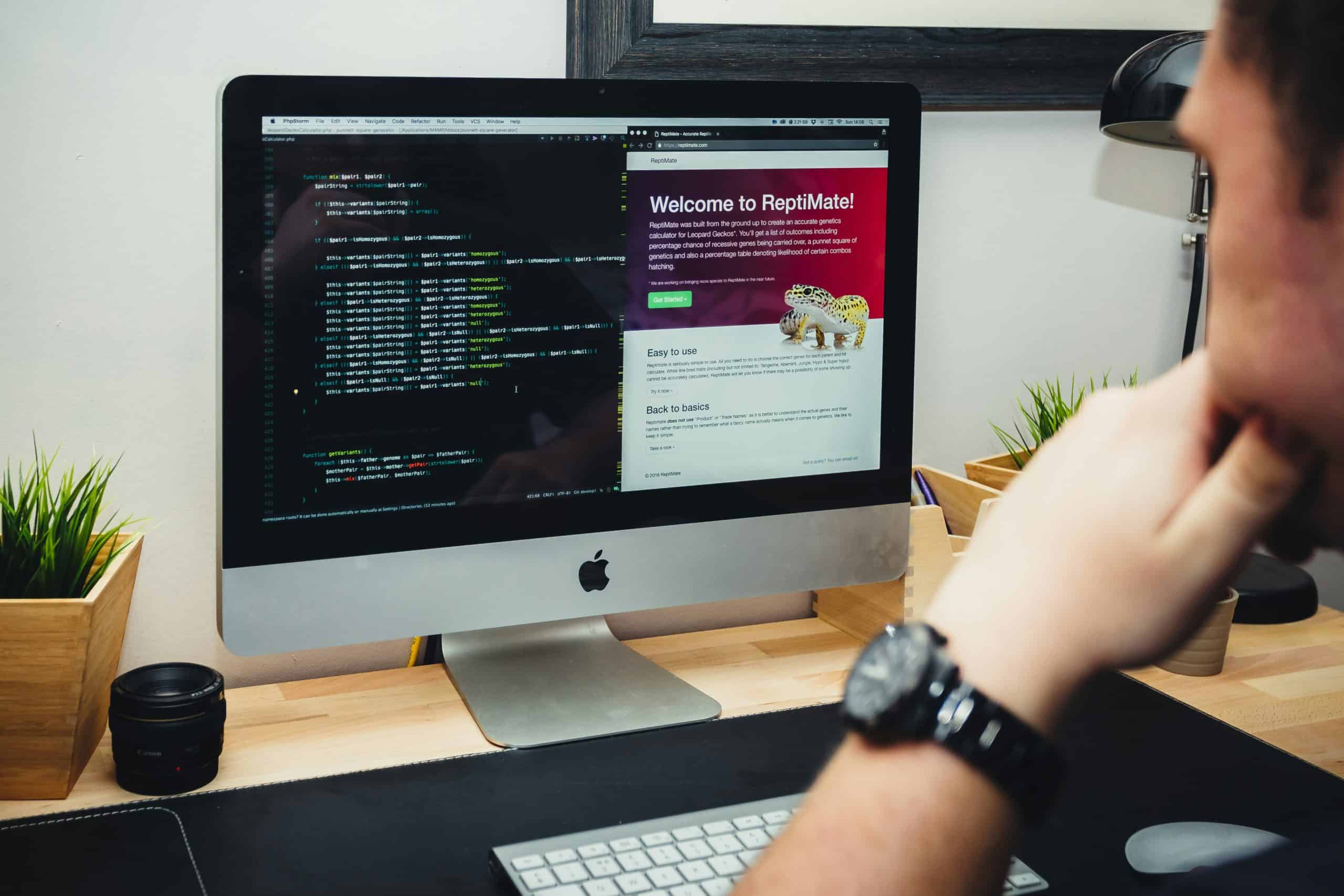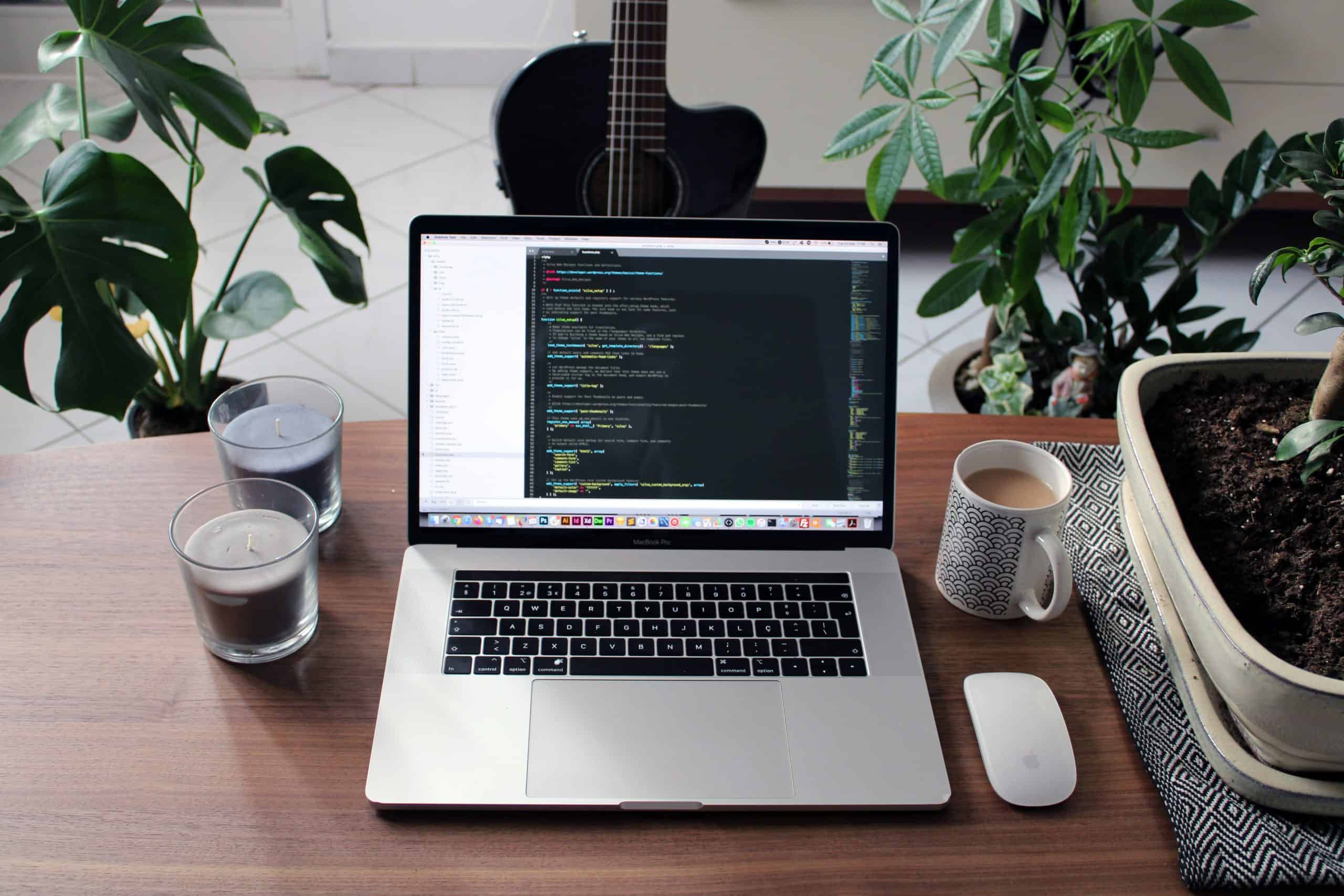In the ever-evolving landscape of web development, staying ahead often means embracing new technologies and upgrading to the latest frameworks. However, many developers find themselves facing a daunting challenge: legacy Laravel applications that were built on older versions of PHP. As these apps continue to serve crucial roles in businesses and projects, the question arises: how can we breathe new life into them without sacrificing stability or performance?
Imagine stumbling upon a vintage car that still runs beautifully but requires specific care to keep it on the road. Just like this cherished classic, older Laravel applications can be meticulously maintained and adapted to work with newer PHP versions while ensuring their functionality remains intact. In this article, we’ll explore practical strategies for running your old Laravel apps alongside different PHP environments, enabling you to leverage modern features while preserving the integrity of your existing codebase. Whether you’re planning an upgrade or seeking compatibility solutions, get ready to unlock the potential of your legacy systems!
Importance of Compatibility in Laravel Apps
When managing Laravel applications across various PHP versions, compatibility emerges as a cornerstone for maintaining both functionality and security. Each version of Laravel often comes with specific requirements that naturally align with particular PHP versions. If you attempt to run an outdated Laravel app on the latest PHP release without accounting for these nuances, you may encounter unexpected errors or performance issues that could derail even the best-laid deployment plans.
Moreover, understanding compatibility goes beyond just ensuring that an app runs; it’s about embracing the evolution of features and enhancements offered by newer PHP releases. For instance, advancements in error handling and performance improvements can significantly boost your application’s efficiency if leveraged correctly. By investing time in ensuring compatibility, developers not only safeguard existing functionalities but also unlock opportunities for optimization and modernization—transforming legacy systems into agile platforms ready to meet current demands.
In this dynamic landscape, where tech stacks continually evolve, staying attuned to compatibility nuances fosters a proactive approach to development and maintenance. Engaging regularly with your application’s dependencies allows developers to identify potential pitfalls early on while maximizing opportunities for upgrades that enhance both user experience and system reliability—essential components of any successful web solution.

Assessing Your Current Laravel Application Version
Assessing your current Laravel application version is a crucial first step when managing compatibility with different PHP versions. Each iteration of Laravel introduces significant enhancements, optimizations, and changes that could affect your app’s performance and security. Utilize the `composer.json` file to quickly identify the version you’re running; you’ll find it labeled as laravel/framework. Understanding this version will help you gauge if your application can seamlessly transition to a newer PHP release or if it requires refactoring.
Moreover, it’s essential to consider not only your Laravel framework but also the dependencies linked within your project. Running `composer outdated` provides insight into packages that may be incompatible with later PHP versions, allowing you to strategize on updating these libraries alongside Laravel itself. This holistic view gives you an opportunity not just for mere survival but thriving in an evolving tech ecosystem—marrying system longevity with modern best practices while ensuring that legacy code doesn’t hold back innovation. Always remember: knowing precisely where you stand is vital before embarking on any major upgrades or migrations.
Identifying Required PHP Versions for Laravel
To successfully run old Laravel applications, understanding the required PHP versions can significantly impact your project’s compatibility and performance. Each version of Laravel was designed with specific PHP features and enhancements in mind, making it crucial to align your environment accordingly. For instance, Laravel 5.x typically requires PHP 5.6 or higher, while transitioning to Laravel 6.x necessitates at least PHP 7.2 due to its reliance on updated underlying functionalities like improved error handling and type hinting.
Delving deeper, it’s essential to consider how even minor version differences within PHP can affect functionality in a Laravel application. Subtle changes in deprecated functions or added features between PHP versions can lead developers into unexpected waters unless carefully monitored. Utilizing tools like Composer is beneficial for automatically checking dependencies — a simple command like `composer show` reveals the required platforms for packages used within your project. This way, you not only ensure compliance but also gain insights into any potential issues that may surface during migration or upgrade processes—sending ripples across related services rather than just the core app itself. Embracing this proactive approach reduces headaches down the line when maintaining legacy systems in modern environments.

Using Docker for Multiple PHP Environments
When it comes to setting up a development environment for legacy Laravel applications, Valet and Homestead offer unique advantages that can simplify your workflow. Valet is tailored for macOS users who crave speed and efficiency without the overhead of virtual machines. It allows you to serve your sites with minimal configuration, utilizing the power of PHP’s built-in server, while effortlessly managing multiple PHP versions via Homebrew. This agility means you can quickly switch contexts between different Laravel projects—all with a simple command.
On the other hand, Homestead provides an isolated, consistent environment for developers who may need to replicate production settings closely or work in teams. This pre-packaged Vagrant box bundles Nginx, MySQL, Postgres, and other essential services, ensuring that every developer on your team has access to identical environments regardless of their local setup. With Homestead’s flexibility in configuring multiple PHP versions within its VM architecture, it eliminates contrasting issues often faced when upgrading legacy applications—allowing developers to target specific PHP versions as required without disrupting system settings.
Both tools foster an efficient development cycle yet cater to different needs in our increasingly complex ecosystem. By choosing the right environment based on your project requirements—be it super-fast iterations with Valet or robust consistency with Homestead—you empower yourself to navigate the intricacies of updating and maintaining old Laravel apps while staying future-ready for new innovations in PHP development.
Setting Up Valet or Homestead for Development
When managing multiple Laravel applications across different PHP versions, the choice of web server—Nginx or Apache—plays a crucial role in efficiently routing traffic and serving requests. Both servers offer unique configurations to handle version management seamlessly. In Nginx, you can leverage the `server` block to define specific root directories for each application paired with its corresponding PHP-FPM socket. By delineating your apps clearly, you ensure that incoming requests hit the correct environment without unnecessary overhead.
On the Apache side, employing `VirtualHosts` allows granular control over which version of PHP runs for each directory or domain. Combined with tools like `mod_proxy_fcgi`, you can dynamically route requests to different PHP handlers based on your application’s needs. This setup not only optimizes performance but also simplifies debugging processes by isolating environments; each old Laravel app can thrive within its own tailored stack without interference from others.
As you configure either Nginx or Apache for version management, consider automating this process through scripts that check running versions and configurations regularly. Tools like Ansible or Docker can further streamline deployment across environments, making it easier to manage updates and migrations in a multi-version landscape. With these strategies in place, maintaining legacy applications becomes less daunting and more sustainable as your needs evolve.

Configuring Nginx or Apache for Version Management
Managing versions in Laravel applications is critical to ensure that legacy code functions smoothly while benefitting from newer PHP features. One of the best practices is to implement a robust version control system, such as Git, which allows developers to maintain multiple branches for various PHP versions. This approach facilitates seamless testing and integration; you can work on upgrading older branches without disrupting the main application stability.
Another effective method is utilizing Docker or similar containerization technology. By encapsulating your Laravel app within containers configured with specific PHP versions, you create isolated environments that replicate production conditions. This not only simplifies dependency management but also provides a consistent and reproducible workflow across different environments—reducing headaches related to environmental discrepancies.
Moreover, leveraging feature flags can enable gradual updates while allowing selective visibility into new features for end-users. This strategy ensures you can roll back changes quickly without affecting overall functionality if unforeseen issues arise, fostering a safer upgrade process that minimizes risk. By incorporating these best practices into your version management strategy, you’ll find running old Laravel applications alongside varying PHP versions far more manageable and reliable.
Conclusion: Best Practices for Managing Versions
In managing multiple versions of Laravel apps across different PHP environments, the key lies in building a robust version control strategy. Using tools like Git not only streamlines code management but also facilitates seamless collaboration among team members. Implementing branch strategies—such as feature branches for new developments and hotfixes for urgent issues—can enhance your workflow while keeping older versions stable.
Additionally, leveraging Docker or similar containerization technologies allows developers to isolate dependencies and maintain consistent environments across various setups. This innovative approach ensures that an app runs precisely as intended, regardless of the PHP version it’s tied to. Finally, instituting regular documentation updates can bridge knowledge gaps within teams and keep everyone aligned on the intricacies of each application’s environment, making it easier to pivot when changes are required.